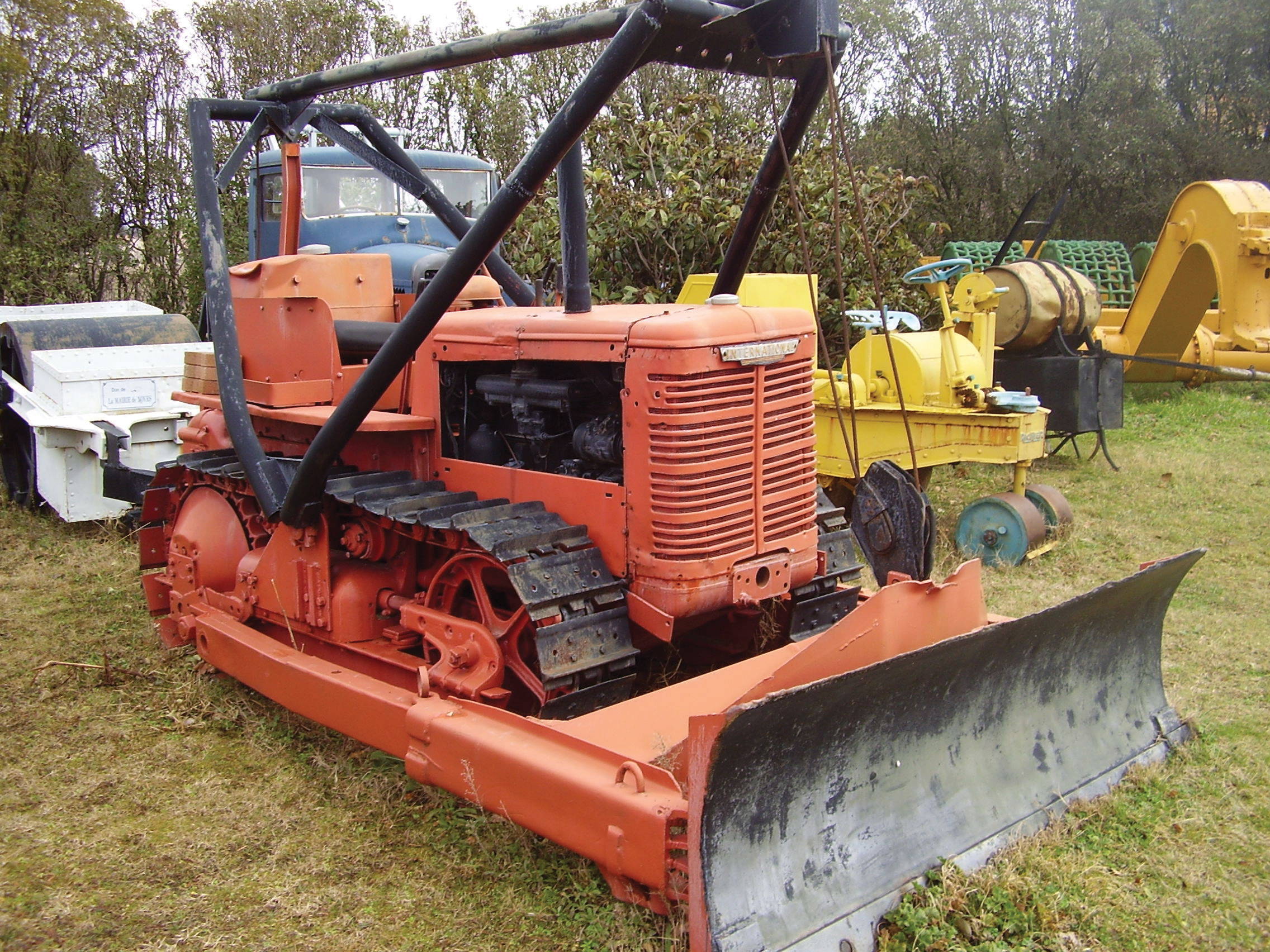
Bulldozers play a key role in overburden stripping and haul road maintenance today. Mike Woof takes a look at the technological development.
The crawler bulldozer has come a long way in the years since it was developed - the first machines were rickety, crude and unreliable. However, these machines have now become a key production tool in many overburden/earthmoving operations and carrying out important duties such as ripping or haul road maintenance in large extraction sites.
The bulldozer appeared when someone recognised the benefit of putting a straight blade at the front of the new fangled crawler tractors firms like Holt and Best began producing in the early 1900s. Exactly who first matched a dozer blade to a crawler tractor is unclear. But the concept of a straight steel blade for pushing dirt had been used with horse drawn teams for road construction and other purposes since the 19th century.
Attaching a blade to the basic tractor opened up a new market for manufacturers and gave the construction and extraction industries a powerful new tool to help boost output. The name Caterpillar, originally a description of the track itself, has remained core to the evolution of the bulldozer as a production machine.
In the early days crawler tractors were built by firms like Bates, Best, Cleveland Tractor,
Companies came and went in the crawler tractor sector with Holt and Best merging to form
RG LeTourneau was wary of hydraulics, no surprise given the unreliability of systems available prior to WWII, and he stuck with cable operated blades. His competitors first at LaPlante-Choate and then Bucyrus-Erie meanwhile pioneered the use of hydraulically operated blades.
Only after WWII did the crawler tractor manufacturers switch to building proper bulldozers featuring fully-integrated dozer blades. At the same time, the rapid pace of technological development during WWII had produced more reliable hydraulic systems so bulldozer blades now all became hydraulically operated with the durable but less precise cable systems being replaced.
From the very first successful crawler tractor, Ben Holt's steam powered machines of 1904, undercarriages followed similar line with driving sprockets at the rear. Holt's machines were highly influential in design terms and the firm fought a number of legal battles over alleged patent infringements with its close rival Best until the two companies merged. It is worth noting too that
While in recent years Caterpillar has pioneered the high drive concept, it is worth noting that the firm was not the first to use this configuration. Cleveland Tractor, or Cletrac, used an elevated sprocket system on many of small machines from the early 1920s onwards.
With bulldozers now offering power and production levels undreamed of in the early 20th century, it is hard to imagine what the engineering pioneers would have made of modern high production machines such as Caterpillar's latest D11 or Komatsu's massive D575 models.














